By CHRIS McGOWAN
By CHRIS McGOWAN
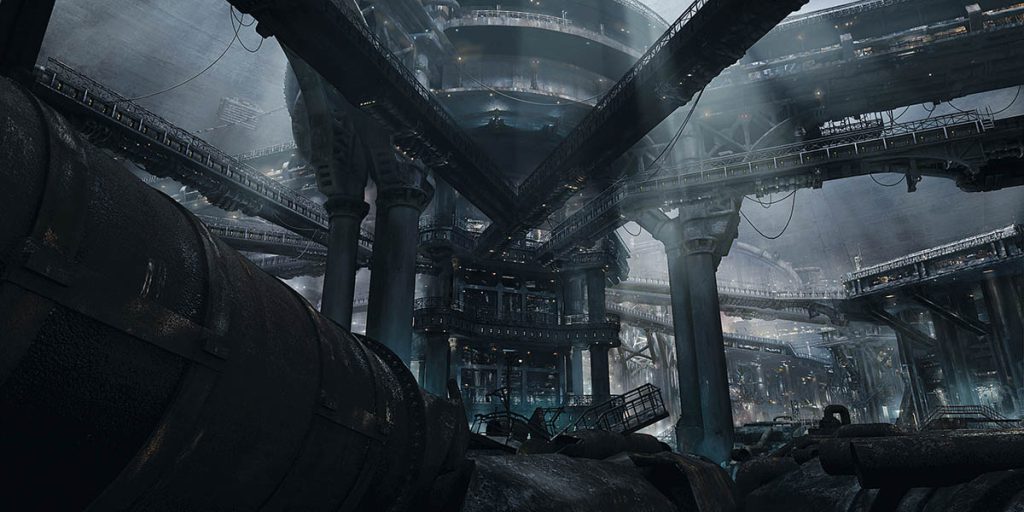
Matte painting for movies has been around since Norman Dawn’s 1907 documentary Missions of California. Since then, innumerable films have utilized the technique to provide background sets and settings – works such as Ben-Hur, King Kong, The Wizard of Oz, Citizen Kane, Mary Poppins and Raiders of the Lost Ark are just a few spectacular examples. Originally consisting of painting on glass, matte painting began the big shift to DMP (digital matte painting) with 1985’s Young Sherlock Holmes and other films in the 1980s and ’90s, with DMP ruling the 21st century.
Matte painting is still widely used but has evolved. “It’s now often integrated into the 3D workflow – used for paint-overs, environment extensions or background plates. Fully 2D or 2.5D matte paintings are becoming rarer, but they remain a cost-effective solution when applied strategically,” states Charles-Henri Vidaud, Head of Environments at Milk VFX.
Vidaud reflects, “I started in the industry 25 years ago doing storyboards, so transitioning into matte painting was a natural next step. It allowed me to combine composition, lighting and storytelling on a broader canvas. One of the most iconic matte paintings I created was for Avengers: Endgame while at Cinesite – the shot where the Benatar spaceship lands on planet Morag. That environment was originally designed by MPC for Guardians of the Galaxy, but I had to recreate it from scratch to fit a different time of day and camera angle. It was both technically demanding and creatively rewarding. Other highlights include Black Widow and Assassin’s Creed.”
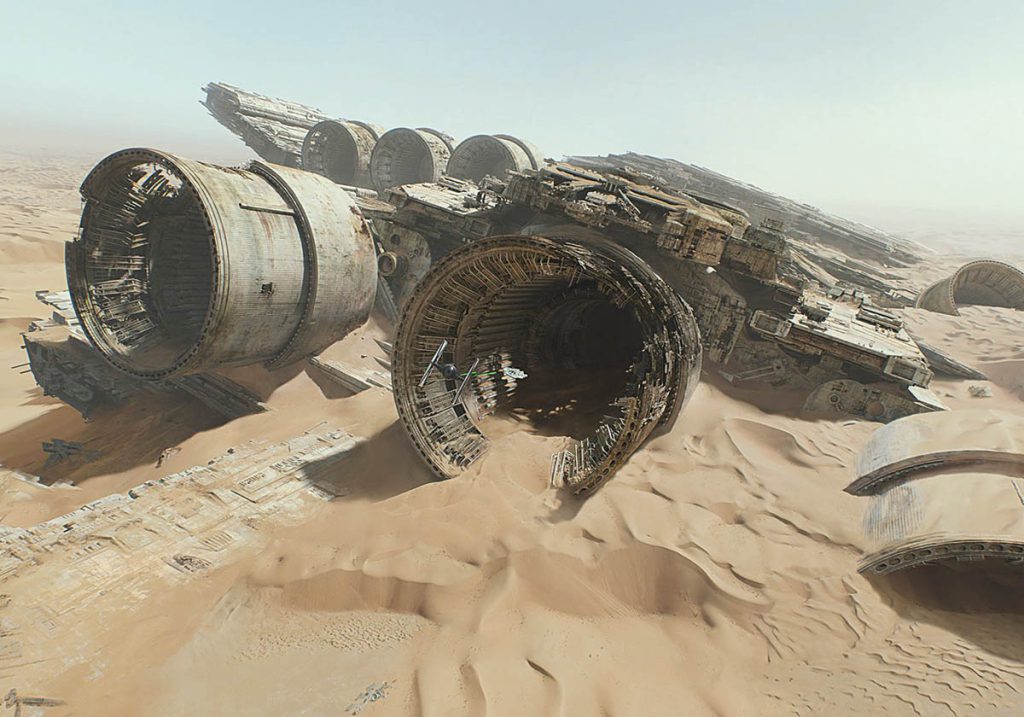
“Matte painting remains a vital and evolving art form in the film, television and gaming industries,” remarks Timothy Mueller, Senior Generalist Artist at ILM. “While traditional painting skills continue to provide the foundation – mastering composition, lighting, perspective and storytelling – today’s matte painters must also be proficient with cutting-edge digital tools and workflows.” Mueller adds, “Despite rapid technological progress, the core challenge stays the same: crafting believable worlds that support the narrative and evoke emotion. Matte painters are storytellers, visual architects who help transport audiences to places both fantastical and grounded in reality.”
Like many in the field, Mueller began with a foundation in traditional art. “That path eventually led me to the world of visual effects, which had long fascinated me, especially the groundbreaking work of the artists and technicians behind George Lucas’s original Star Wars films. My first film credit as a matte painter came on the Mark Wahlberg football movie Invincible, where I worked at Matte World Digital alongside the Academy Award-winning visual effects supervisor and author of The Invisible Art, Craig Barron, VES, and senior art director Chris Evans.” Currently, being part of ILM provides Mueller with “the opportunity to work on a wide variety of high-quality projects in the visual effects industry. One of the highlights of my career was working on my first Star Wars film, The Force Awakens, where I helped bring J.J. Abrams’ unique vision of the Star Wars Universe to life. Collaborating closely with VFX Art Director Yanick Dusseault, we created distant worlds across the galaxy, from the desert planet Jakku to Starkiller Base – an icy world transformed into a super weapon by the First Order.” Time pressure, especially in high-end film and VFX, can be intense for matte painters. “You might have only a day – or even just an hour – to deliver a polished final product. Clients and directors may request changes that require significant rework,” Mueller says. “Matte paintings need to hold up at 4K resolution and sometimes even as high as 32K. Working non-destructively and saving incrementally is essential.”
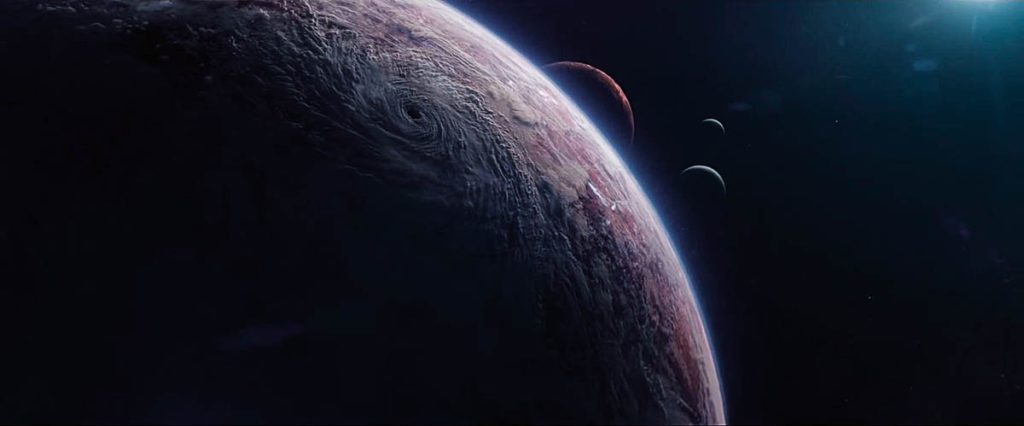
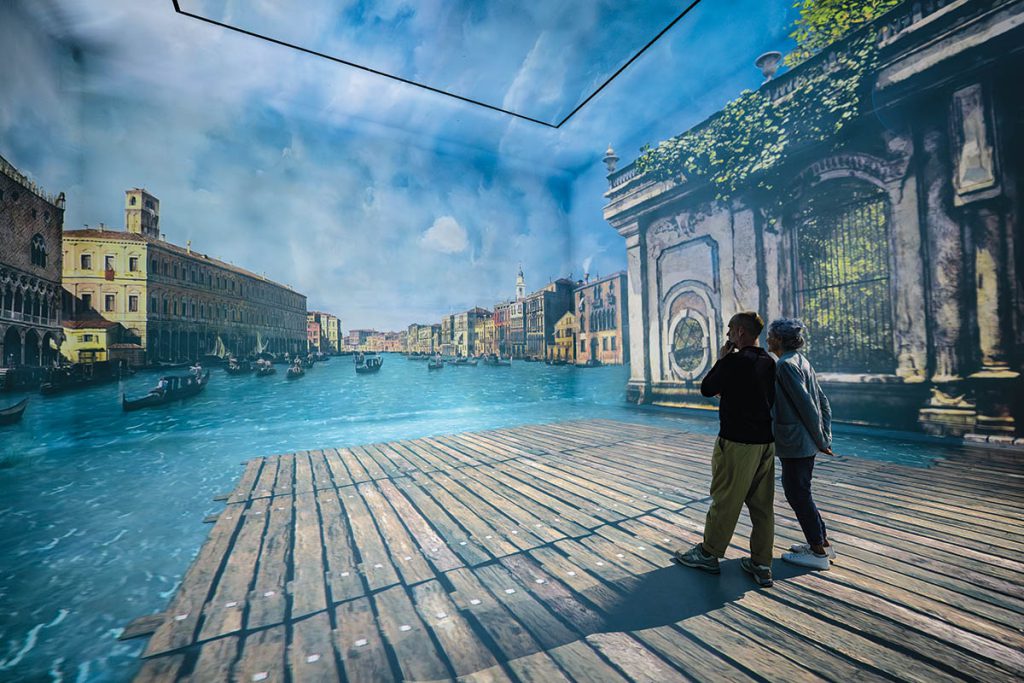
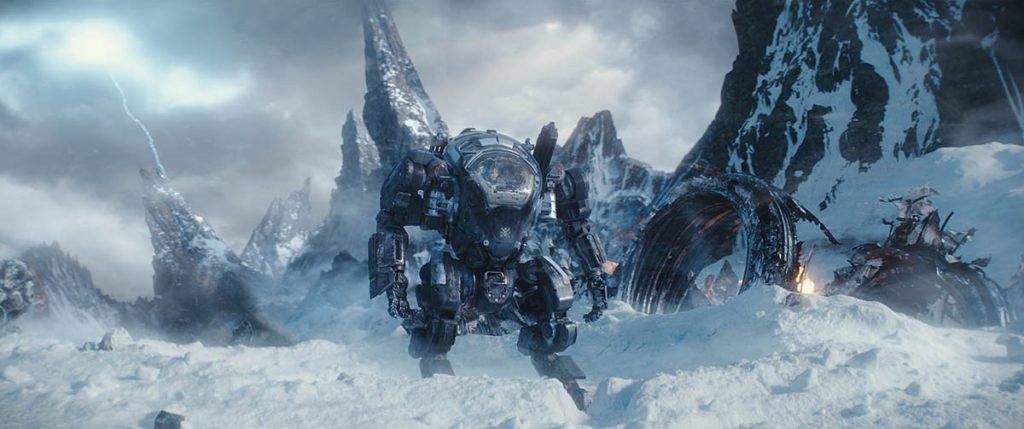
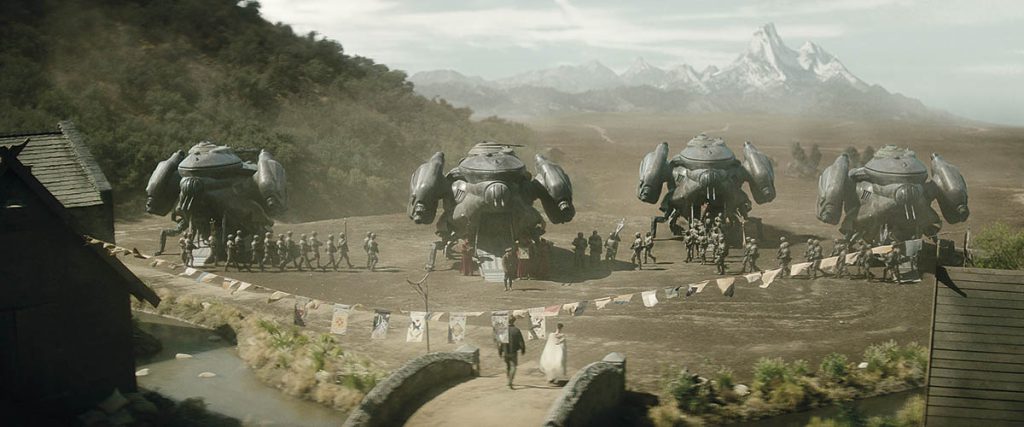
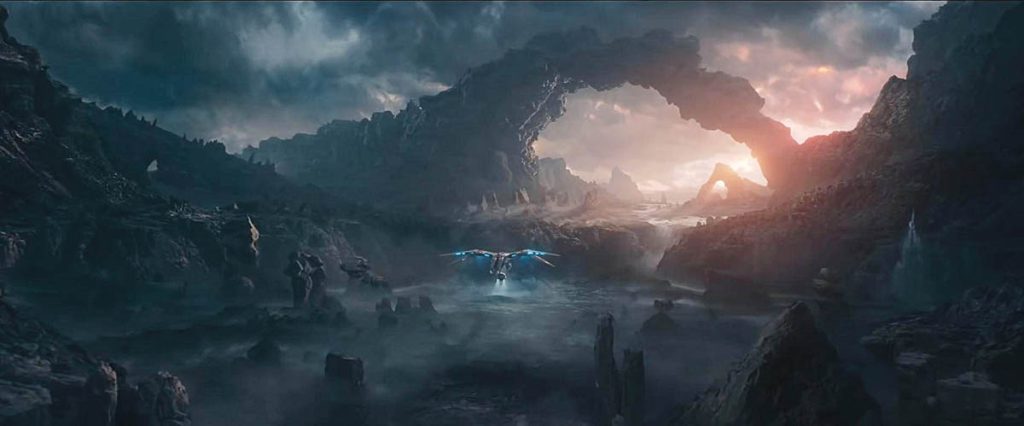
A key challenge is seamlessly blending hand-painted elements, photographs and 3D renders – especially when the shot is animated with camera movement and parallax, according to Mueller. “Artists often rely on projection mapping and multi-pass renders to achieve the desired result. Making a painting look photorealistic while aligning with the film’s or game’s artistic direction is critical. It must feel like an organic part of the world, with lighting, camera angle and mood all perfectly matched.” Mueller notes, “As visual effects increasingly shift toward 3D asset-driven, procedural systems constrained by budget, the need for 2.5D-style matte painting has become more important than ever. Matte painters can work independently, without relying on other departments, allowing for greater efficiency and significant savings in both time and cost for productions.”
Mathieu Raynault, Founder of Raynault VFX, got into matte painting early in his visual effects career, around 1996 in Montreal, Canada. “I had just started as a CG artist in the early days of computer animation, coming from a background in architecture. I was naturally drawn to set extensions and digital environments, especially anything architectural. But achieving photorealism in CG back then was a serious challenge and took literally days to render! Digital matte painting was still a lesser-known discipline at the time, but I had the chance to work with my friend – and now business partner – Yanick Dusseault, who introduced me to it. Learning how to ‘cheat’ in 2D using Photoshop was a revelation. Inspired by traditional matte painters, we were constantly exploring painting techniques and finding shortcuts to achieve photorealism without relying solely on heavy 3D renders.” Raynault continues, “I remember the relief of being able to paint huge amounts of details on entire backgrounds instead of modeling and texturing everything. Around that time, 3D software like Softimage began introducing camera projection tools, which gave our work new life – allowing us to add parallax to our digital matte paintings. It felt like a revolution.”
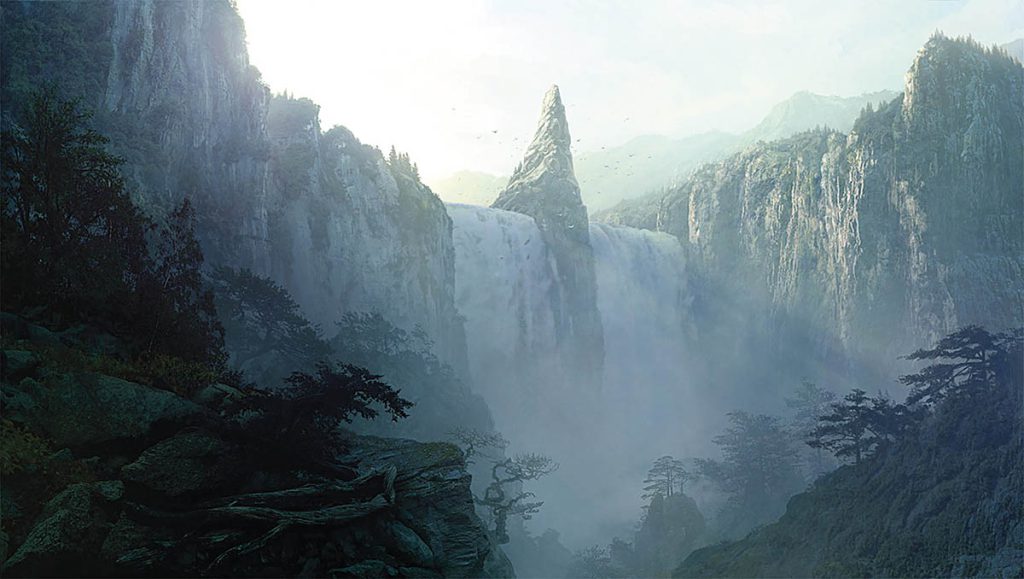
Camera projection mapping was a game-changer. “I still remember when Softimage first introduced the camera projection feature,” Raynault recalls. “At first, we didn’t understand the point of it. Then my former CG teacher, Robin Tremblay, showed me a simple test – he projected a photo of a landscape onto basic geometry and animated a camera move. Suddenly, that static photo had parallax and depth. It blew my mind! This aligned perfectly with the digital matte painting experiments I was doing at the time. I realized we could bring this technique into production – combining matte paintings with camera projections to create shots that were visually rich, had depth and movement, and rendered incredibly fast compared to traditional 3D workflows. It quickly became one of my go-to tools.” He continues, “Working on the Star Wars prequels at ILM around 1999 was particularly formative. Being part of the ‘DigiMatte’ department and collaborating with legends like Paul Huston and Yusei Uesugi had a huge impact on me. It was an inspiring environment that really helped shape my skills because most matte painters there had actually been painting traditionally before transitioning to digital.”
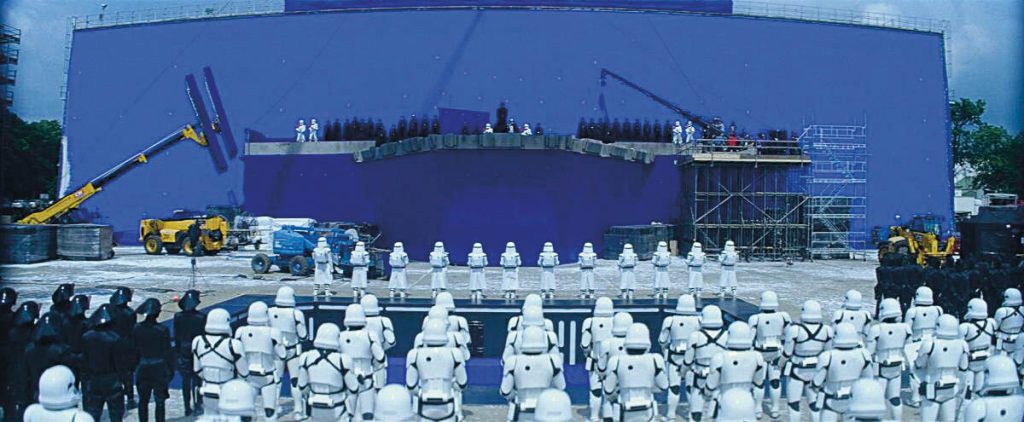
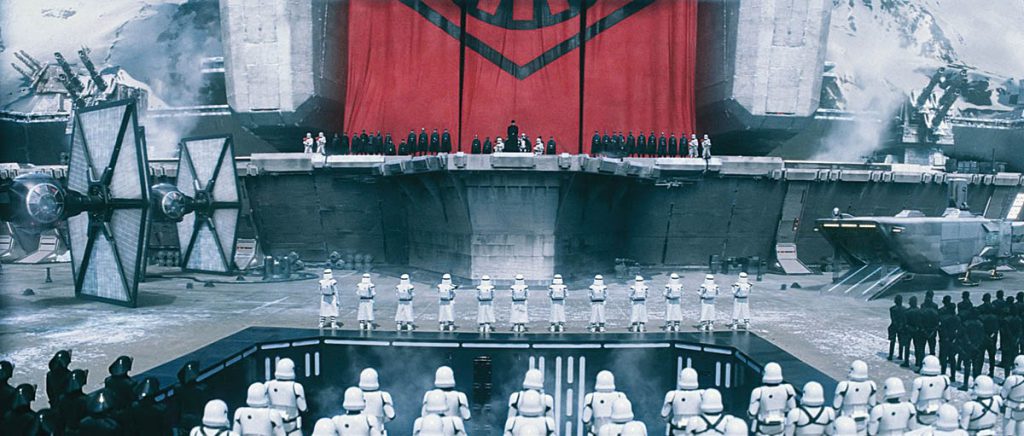
The Lord of the Rings trilogy ranks high among Raynault’s work – “not just for the creative work, but for the overall experience. Moving to New Zealand, working at Wētā Digital when it was still fairly new, and meeting talented people from around the world made it a truly special chapter in my life,” he recalls. Raynault went on to co-found Rodeo FX in 2006. He launched the boutique studio Raynault VFX in 2011. Raynault VFX remains deeply attached to the mindset that “when a shot can benefit from a matte painting approach, we’ll always consider it first. We see it as a way to preserve the craft and stay efficient without compromising on quality.” Matte painters are frequently involved during the concept phase, helping to explore visual ideas early on – sometimes even before the shoot, according to Raynault. “The quick input that DMP provides can help shape the look of a scene or environment well before anything is filmed.”
“When a shot can benefit from a matte painting approach, we’ll always consider it first. We see it as a way to preserve the craft and stay efficient without compromising on quality.
… Matte painters are frequently involved during the concept phase, helping to explore visual ideas early on – sometimes even before the shoot. The quick input that DMP provides can help shape the look of a scene or environment well before anything is filmed.”
—Mathieu Raynault, Founder, Raynault VFX
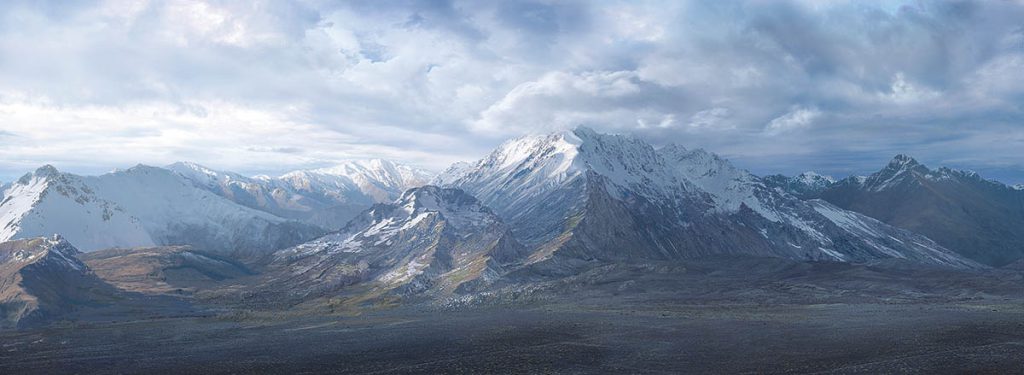
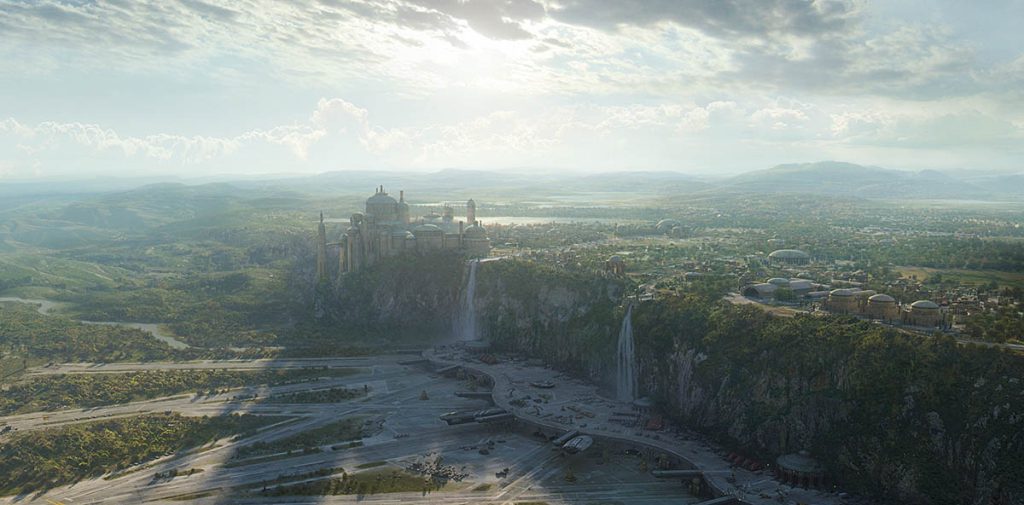
Raynault observes, “There’s definitely an overlap” of matte painting and concept artwork. “Many digital matte painters naturally moved into concept art. I think this is because historically, matte painters often acted as both designers and world-builders, which makes the transition to concept art a natural one. Even today, many of the skills required are similar, so the line between the two disciplines can be quite thin.”
“The matte painter is increasingly being brought into production at an early stage,” notes Alec Geldart, Lead Matte Painter at Scanline. “It’s really beneficial to get in there early to advise as to how we would approach a sequence or shot, determining what needs to be 3D assets and what could be handled with projection setups, scheduling and allocating artists to the show, and so on.” Some of Geldart’s favorite projects have included Rebel Moon: Parts 1 and 2, Stranger Things Season 4 and Star Trek Beyond. “In production, concept art can become indistinguishable from matte painting,” Geldart notes. “If I am asked to provide five versions of a landscape and one is chosen and approved, I would then be asked to hand it off to comp. If I approached concept any differently than I prepare a matte painting, I wouldn’t be able to hand it over that quickly. Of course, all types of concept art are meant to be guides for other departments; in that case, you’re a little freer from a proper DMP workflow.” Geldart adds, “These days, matte painters are all expected to be generalists. It’s great to have as many skills as possible and working knowledge of as many programs as possible. But you can’t lean on 3D; you need to have a solid 2D base and a strong understanding of matte painting fundamentals.”
Thomas Hiebler, DMP & Environments Supervisor for TRIXTER and Cinesite, comments, “Although matte painting is still used in almost every project to efficiently enhance object details, the epic, large-scale works seem to be gradually disappearing.” Hiebler notes, “Clients increasingly demand maximum flexibility and the ability to make changes right up until the final deadline. This makes it challenging to rely on the traditional matte painting workflow. For this reason, at TRIXTER, we merged the Environment and DMP departments early on. Typically, we start with an environment fully constructed in 3D, utilizing various programs such as Gaea, SpeedTree and especially Houdini. If, at a later stage, it proves more efficient, we can always switch to a matte painting workflow. However, we try to avoid this as much as possible since changes to lighting, camera positions, or even entire shots [getting replaced] often occur due to re-edits requested by the client. In traditional matte painting, such decisions must be made early on, which significantly limits flexibility.”
In Hiebler’s opinion, “The future undoubtedly lies in procedural workflows and, looking further ahead, fully dynamic 3D environments with emerging technologies. These tools make it possible to implement even complex changes flexibly and efficiently, opening up entirely new possibilities for creating impressive worlds. New technologies and steadily growing computing power now enable us to integrate millions of objects into a single scene. The emergence of extensive libraries, such as the Quixel library, has also contributed to the rapid creation of complex environments.” Meanwhile, Geldart sees an explosion in resources for DMP. “You have KitBash, Gaea and many online tutorials from working professionals. Matte painting seems much more accessible now than when I started. And, of course, [there’s] AI. I’m not as pessimistic about AI as some people; I do think it will play a larger role in matte painting and concept art in the future, but I don’t think it’s all doom and gloom.”
According to Mueller, “Photoshop and other 2D-based software will always be fundamental tools for the matte painter. Compositing programs like Nuke and 3D modeling software such as 3ds Max are also essential to the workflow. High-end rendering engines like V-Ray are used to recreate realism in computer graphics by accurately simulating global illumination, reflections and refractions, soft shadows, physically accurate materials, lighting and more. Major advancements have also been made in real-time rendering, particularly with Unreal Engine. Additionally, photo-based imaging tools such as Mari, Reality Capture and Agisoft allow for the seamless integration of 2D photographs into 3D models for rendering.”
Photoshop remains the main tool for most digital matte painters, observes Raynault. “Beyond that, any 3D package can be used to generate base geometry or render passes – whatever helps you block out your scene. Blender or Cinema 4D are widely used.” Vidaud concurs, “Photoshop is still the standard for software.” However, “Tools like Krita and Affinity Photo are gaining ground, particularly because of their color management features and Linux compatibility.”
Mueller concludes, “Exciting new worlds have opened up with the expansion and creation of new technologies that have made what was impossible in the past a new possibility for the future. The integration of 2D painting with 3D assets, image projection techniques and real-time engines like Unreal has expanded the possibilities for creating immersive, photorealistic environments. These advances allow artists to work faster, create more dynamic shots, and collaborate more closely with VFX teams. In short, matte painting today is a powerful blend of art and technology, demanding both creative vision and technical expertise, and offering exciting opportunities for those passionate about world-building.”
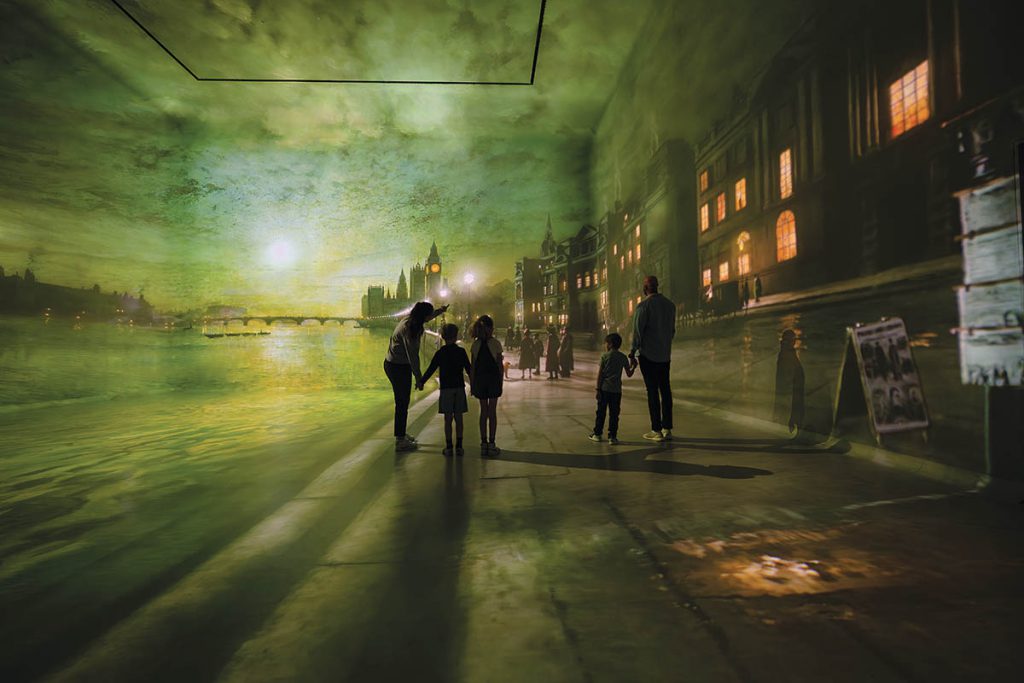
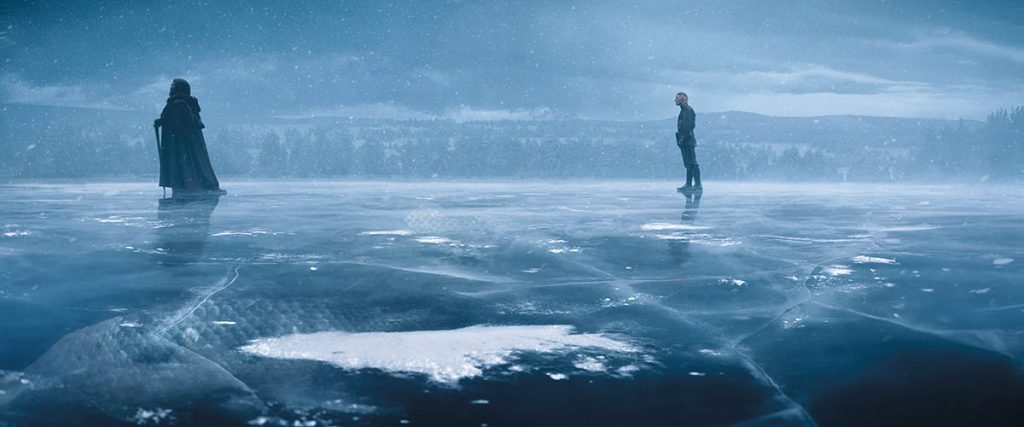
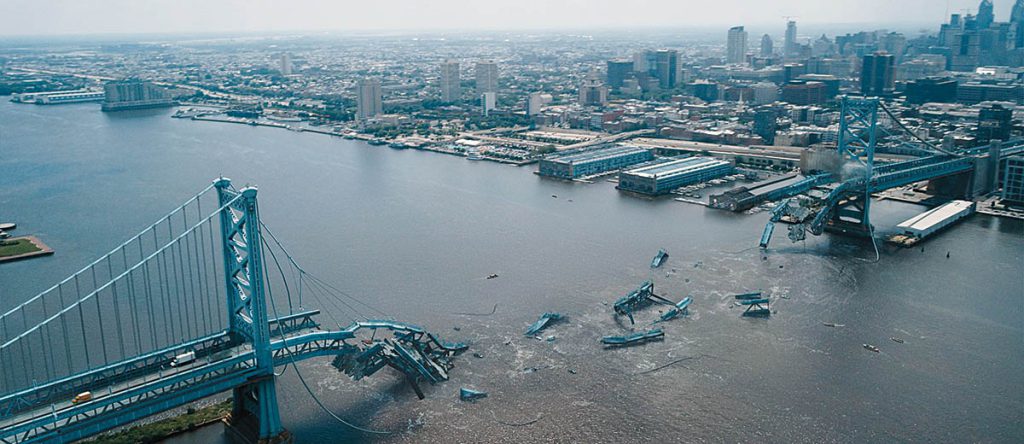
Noémie Cauvin, Head of DMP & Visual Development at The Yard, remarks, “Much like the arrival of Photoshop or the rise of 3D to build environments, matte painting is once again at the edge of a technological revolution, this time driven by AI. AI is a powerful tool, but it remains a tool. It can support our work, but it doesn’t replace the creative decisions, storytelling instincts or visual problem-solving that matte painters bring to the table to create stunning images. At its core, our craft has not changed: we are world-builders and set makers. No matter the tools, our mission is the same – to create immersive, believable environments that bring stories to life on screen.